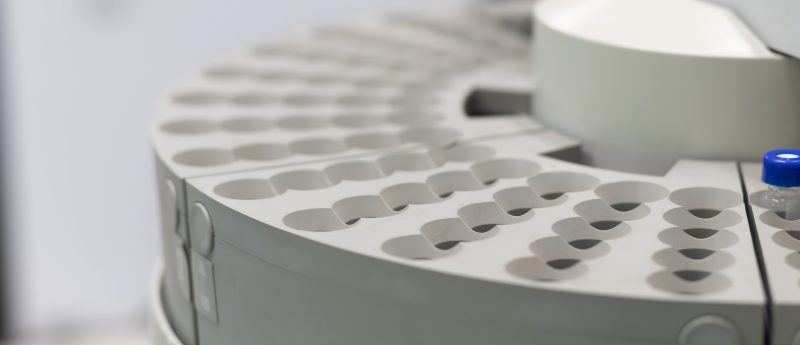Aging of biological matrices and its effect on bioanalytical method performance

Apart from the well-known matrix effects that can occur in ESI LC–MS, biological matrices may have other effects influencing the quantitative reliability of bioanalytical methods. In this paper, six case studies are presented that show the effect that aging, that is the change in properties and composition of biological matrices over time, can have on the performance of bioanalytical methods. It is shown that selectivity can be affected due to the formation or disappearance of endogenous compounds. Stability can be influenced because of the decrease (or increase) of enzyme activities and recovery can be impacted if the extractability from binding sites in the matrix is enhanced or decreased. A general discussion on the importance of these matrix effects is provided as well as a perspective on how to properly address them in the method-development and validation stages of regulated bioanalysis.
Over the past 20 years, LC–MS/MS has evolved into the mainstream technique used for small-molecule bioanalysis. With the shift to LC–MS/MS in the bioanalytical field came the awareness that effects originating from the biological matrix can occur on a regular basis, as a consequence of the widespread use of the ESI technique, where a competition for ionization capacity can lead to ion suppression and, eventually, incorrect results. This has resulted in many papers that have been published describing the causes of matrix effects in relation to ESI-MS and possible ways to investigate and reduce or eliminate ion suppression, [1–4]. In addition, it has resulted in requirements from authorities, as stated in their respective guidelines, to investigate matrix effects as part of method validation in regulated bioanalysis [5–7].
Click here for the full article.




